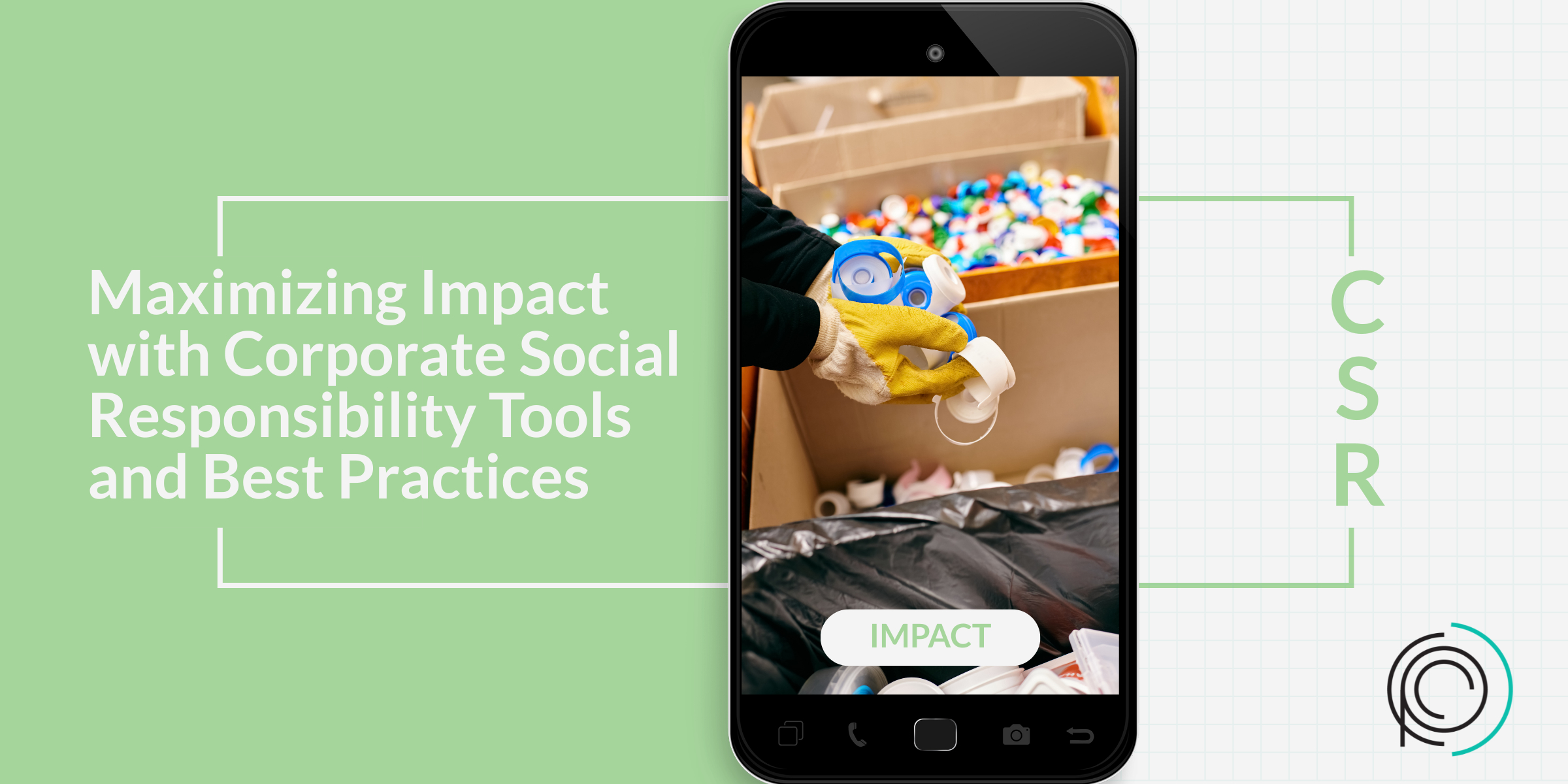A Quick Guide to Business Continuity Planning
A Business Continuity Plan (BCP) is vital when it comes to running a business because disruptive events can happen at any time. If one does, this type of plan can make the difference between staying in business or shutting down for good. Defining a BCP is a document designed to prepare companies for natural and accidental disasters. This helps to mitigate future risks by outlining an easy, deployable, and robust continuity plan about how to operate during an unplanned service disruption.
By creating a BCP, it helps you consider the potential impact a disaster may have and understand the underlying risks. Developing a continuity plan can sound like a simple task but can be challenging. Best practices include working with experts who understand how to create and test a plan for feasibility and efficiency.
During a crisis, delayed responses can significantly hinder both business operations and customer satisfaction. Consider the COVID-19 pandemic – how did your company respond when the world was thrust into turmoil? Shockingly, over 60% of businesses that shut down last year will never reopen*. Many found themselves unprepared for a situation they deemed unlikely. As we envision a post-pandemic era, take a moment to prepare. This strategy will enhance your organization, providing guidance through future crises.
Developing a Business Continuity Plan starts with identifying the potential risks and hazards that can affect your business. These include natural disasters such as floods, hurricanes, and earthquakes, as well as human-caused incidents like cyberattacks or power outages. Analyzing these risks and their potential impact is critical to creating an effective BCP. This assessment should also consider how long your business can afford to be without certain operations or systems. It is essential to involve different departments and key personnel in this process to gain a comprehensive understanding of the potential risks and impacts.
Once the potential risks have been identified, the next step is to create a detailed plan with specific procedures and protocols for responding to each type of disaster or incident. This includes assigning roles and responsibilities, determining backup procedures and alternative work locations, and establishing communication protocols. The plan should also be reviewed regularly to ensure its effectiveness and make necessary updates as the business evolves.
In addition to preparing for potential disasters, a BCP can also help businesses in other ways. It can improve employee safety by having evacuation plans and emergency contact information readily available. A continuity plan can also minimize financial losses by having strategies in place to resume operations quickly and efficiently. It can also help maintain a good reputation with customers and stakeholders by showing that the company is prepared for unexpected events.
The Advantages of Being Prepared
Having a well-thought-out BCP will strengthen the organization and your employee’s confidence because they will understand how to respond accordingly and be proactive. BCPs are designed to mitigate ambiguity, control panic, and inform your team of changes to the workplace business as usual (BAU). Training your employees on the BCP can help create a culture of preparedness, ensuring everyone is aware of their roles and responsibilities during a crisis. Furthermore, having a clear and comprehensive plan can also be beneficial when seeking insurance coverage or applying for loans in case of financial setbacks.
Well-prepared organizations can also respond faster to a crisis as well as help communicate to outside stakeholders and consumers how the company will respond and handle crises, this will demonstrate what that will mean for the business and their service. For example, during the COVID-19 pandemic, many universities implemented crisis responses such as automatic pass/no pass classes, delayed tuition payments, and virtual class systems. These actions were relayed to students through official communications, demonstrating the university’s preparedness and care for their students’ well-being.
As demonstrated through the still-thriving universities, this long-term structured and sustainable operating plan will help preserve brand value over the years, creating an image of a reliable and consistent organization. Another great example was implementing work-from-home policies as the pandemic was unfolding. For many companies, this led to job security for employees, maintaining productivity during an uncertain environment, and keeping employees healthy.
Five Phases, One Objective
These five essential phases serve as a structured approach to strategizing, planning, and gearing up for unforeseen circumstances, ensuring readiness and adaptability in the face of the unknown.
- Prevention: This phase is designed to prepare a business in the event a natural or accidental incident occurs. Planning, documenting, and testing for the right steps will minimize the chances of threats that might occur in your business. For instance, imagine that your company is susceptible to a cyber-attack. A part of your prevention plan would be to invest in cybersecurity software and take additional internal measures to protect yourself like flagging phishing emails, not clicking on unknown links, and installing anti-virus software on all machines. A tip for Prevention: Conduct a risk assessment to identify potential threats.
- Mitigation: This is when a response plan is deployed, and the disaster can still be managed. This phase focuses on “if this, do that”, which is designed to decrease the negative impact on your business and step in before it gets out of control. For example, Let’s say you work for a company that has several office locations; there is a lightning storm scheduled to hit one of the locations. A mitigation plan would be to send all the employees home to work remotely and redirect the server backups to another location outside the area until further notice. A tip for Mitigation: Continuously test your mitigation plans to ensure they still make sense.
- Response: This phase is a combination of prevention and mitigation. In a response deployment, this is where the natural or accidental disaster is realized, and you must respond as it unfolds or immediately after. For instance, a response to a disaster like an earthquake. Earthquakes are unpredictable, if you work in a warehouse with large items stored in high places or an automobile manufacturer you will need to respond quickly and immediately after the incident has occurred. You want to make sure all internal employees are safe, there are no electrical, chemical, or other dangerous situations within the space. Walk the floor to check on employees, get everyone out safely and checked out by medical professionals, and communicate to the company what has happened. A tip for Response: Review your response plan with all employees quarterly.
- Recovery: This phase includes all the core steps of the business operations after an event has happened and is now working toward recovery. A recent example is when the pandemic began to unfold and companies were scrambling to make sure the safety of their employees and customers was at the forefront of their businesses. With the help of experts like the CDC, guidelines were designed to slow the spread and keep everyone safe. Some companies were able to pivot by providing their product or services differently or allowing employees to work remotely, redesigning their business model to reflect the new guidelines. The new normal may not look like the former way of doing business, but it allows companies to communicate what that will look like for customers and employees. A tip for Recovery: Plan for the alternative.
- Restoration: This is the final phase also known as the return to “normal.” It is designing an environment that is safe to return to and has possibly been altered to ensure new safety measures are in place. For example, if your company was an in-person call center, your new normal might allow for all employees to work from home. You can use the budget you spent on operational expenses to invest in other areas of your business such as technology. A tip for Restoration: Think outside the box when it comes to traditional business settings.
Plan, Respond, and Recover
When disaster strikes, it is imperative for the recovery of a company to be able to respond appropriately, and creating a comprehensive Business Continuity Plan can save your business. For more about Business Continuity Planning, visit our resources section for a list of free eBooks such as “Three Areas Worth Revising to Successfully Reopen Your Business: The Business Owner’s Crisis Recovery Handbook.” Still not sure how to go about designing a continuity plan? We’re here to help; book a free consultation with one of our experts today. Remember, a company that plans for the unknown is better equipped to handle whatever comes their way.
In conclusion, planning and preparing for potential disasters or unforeseen events is crucial for the long-term success of any business. By implementing a thorough Business Continuity Plan with the prevention, mitigation, response, recovery, and restoration phases, companies can effectively minimize risks and protect their employees, customers, and overall operations. It is important to continuously review and update these plans to ensure they are relevant and effective in the face of constantly evolving threats. With proper preparation, businesses can maintain stability and thrive even during uncertain times. So remember to plan, respond, and recover – your business resistance depends on it.
We’re here to help; book a free consultation with one of our experts today: Book An appointment *Source: CNN
About the author:
Cornerstone Paradigm Consulting, LLC is an industry agnostic business operations consulting firm going beyond the symptoms to get to the root cause of business issues.







